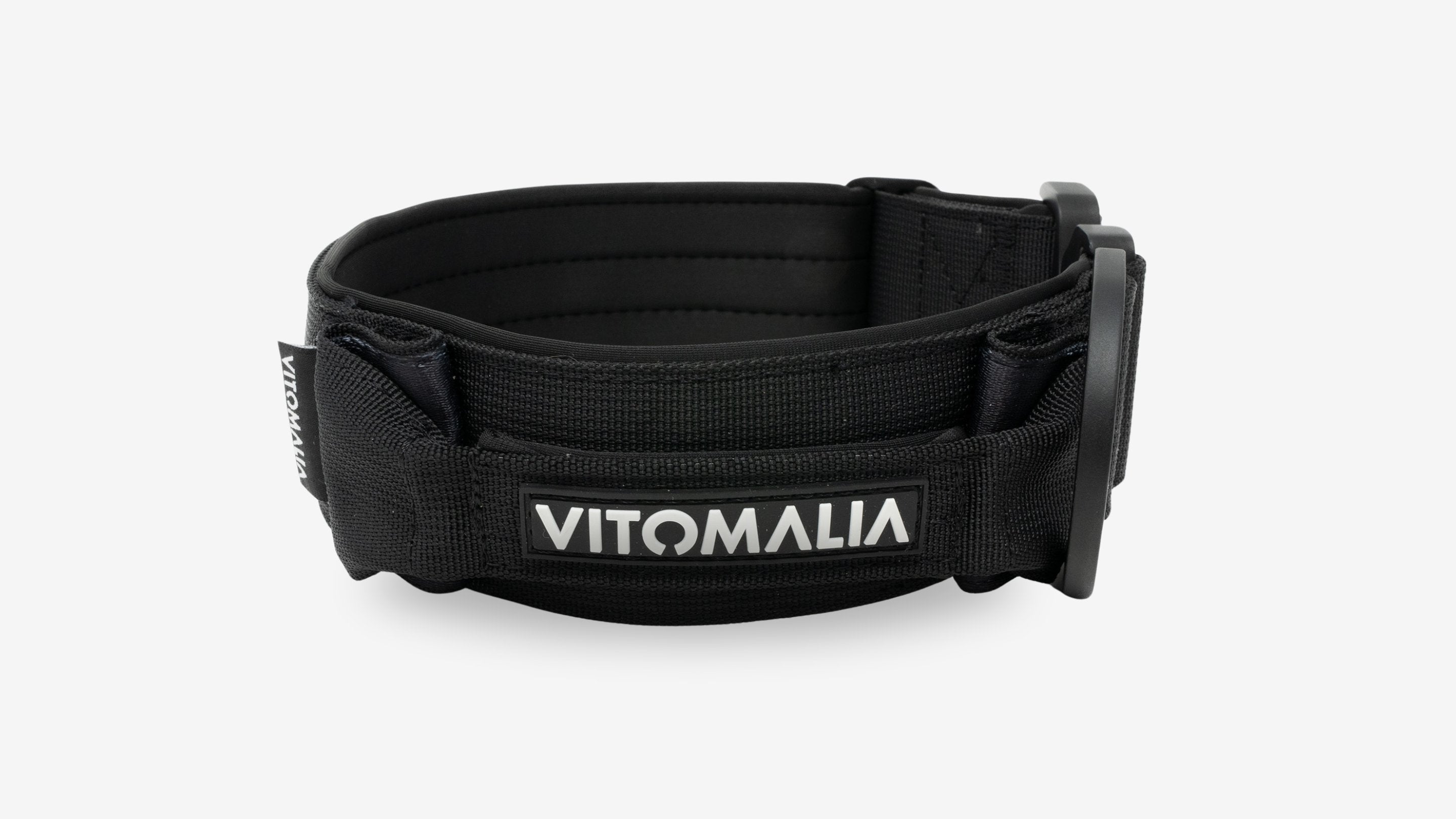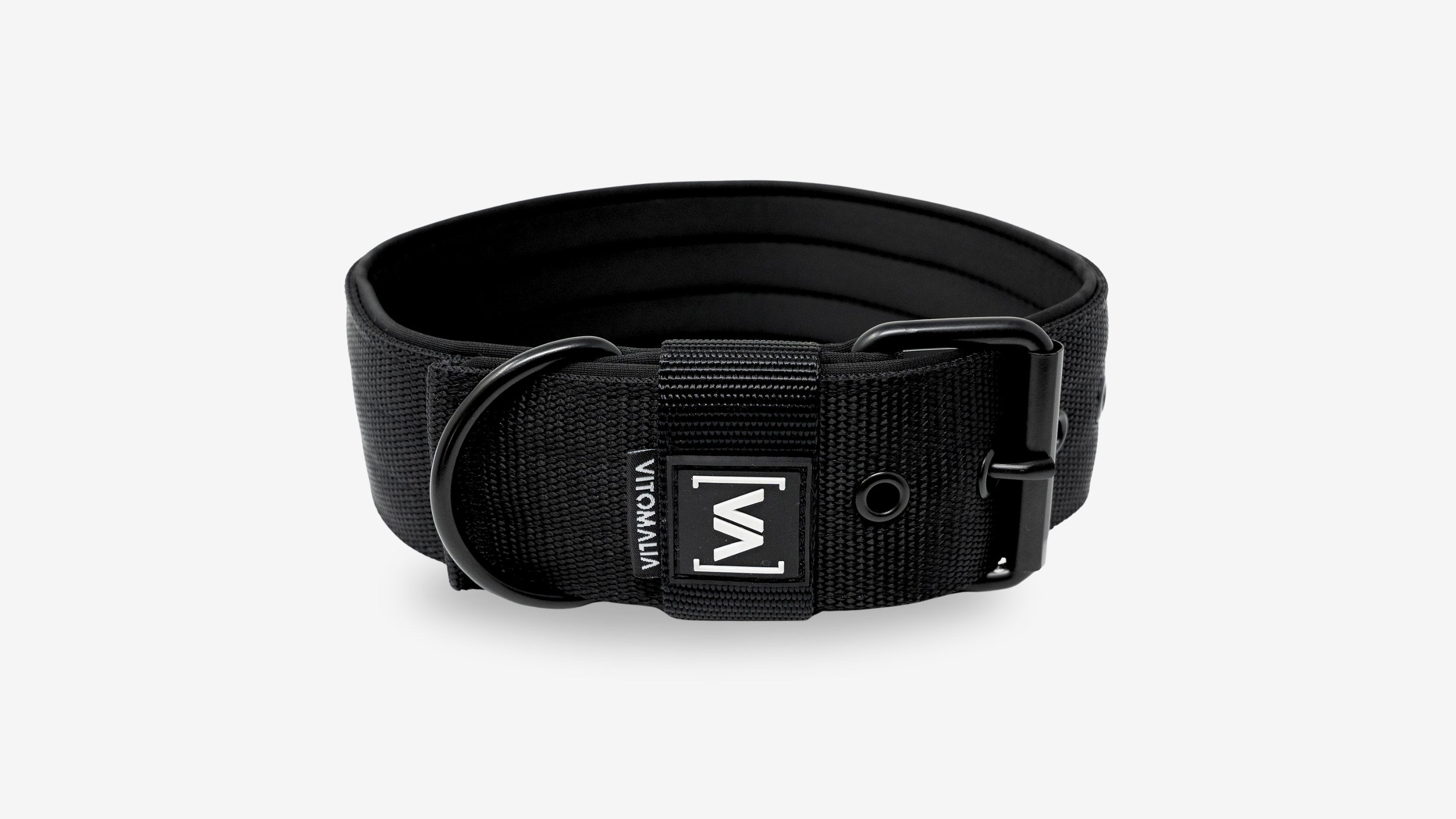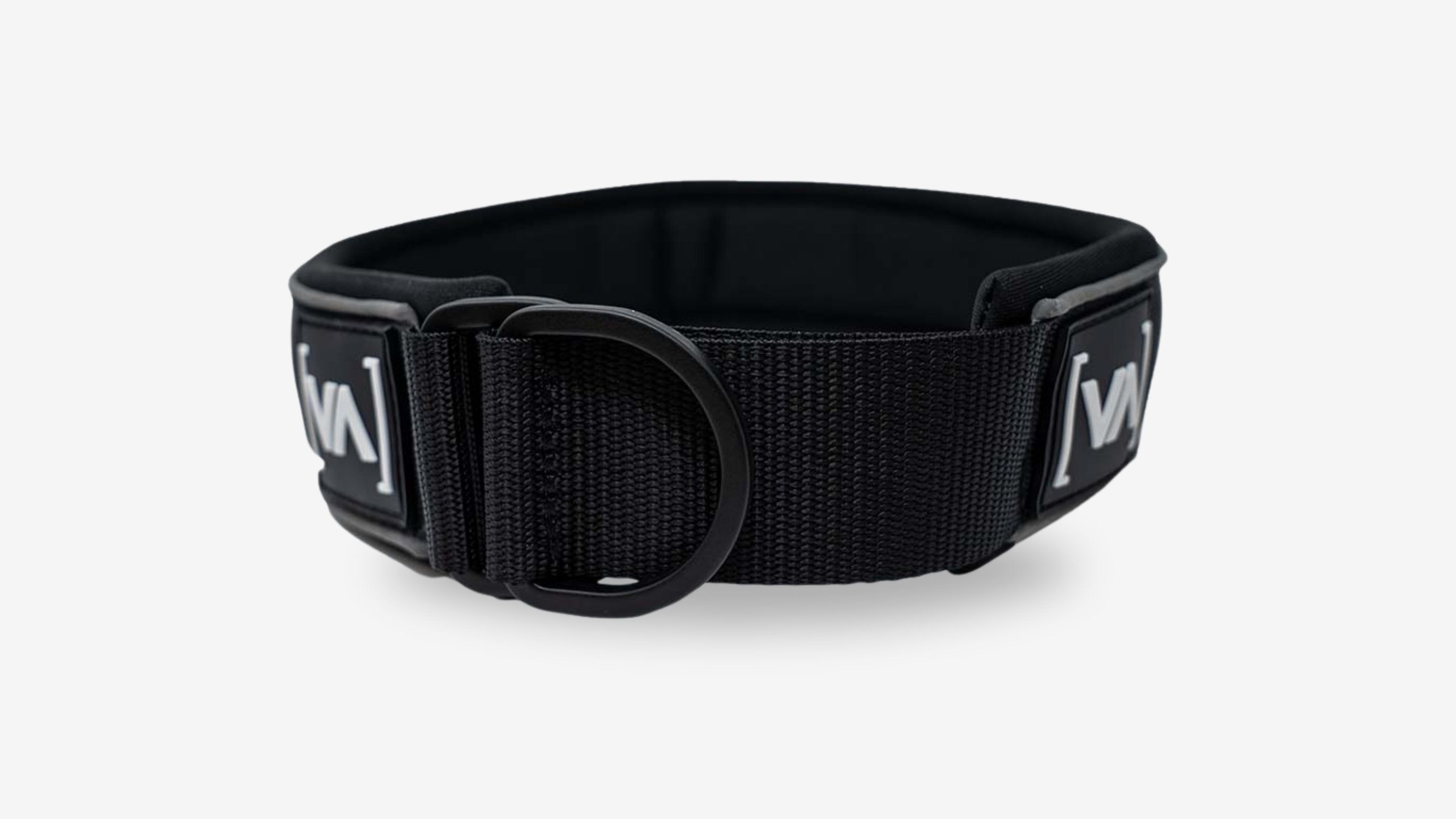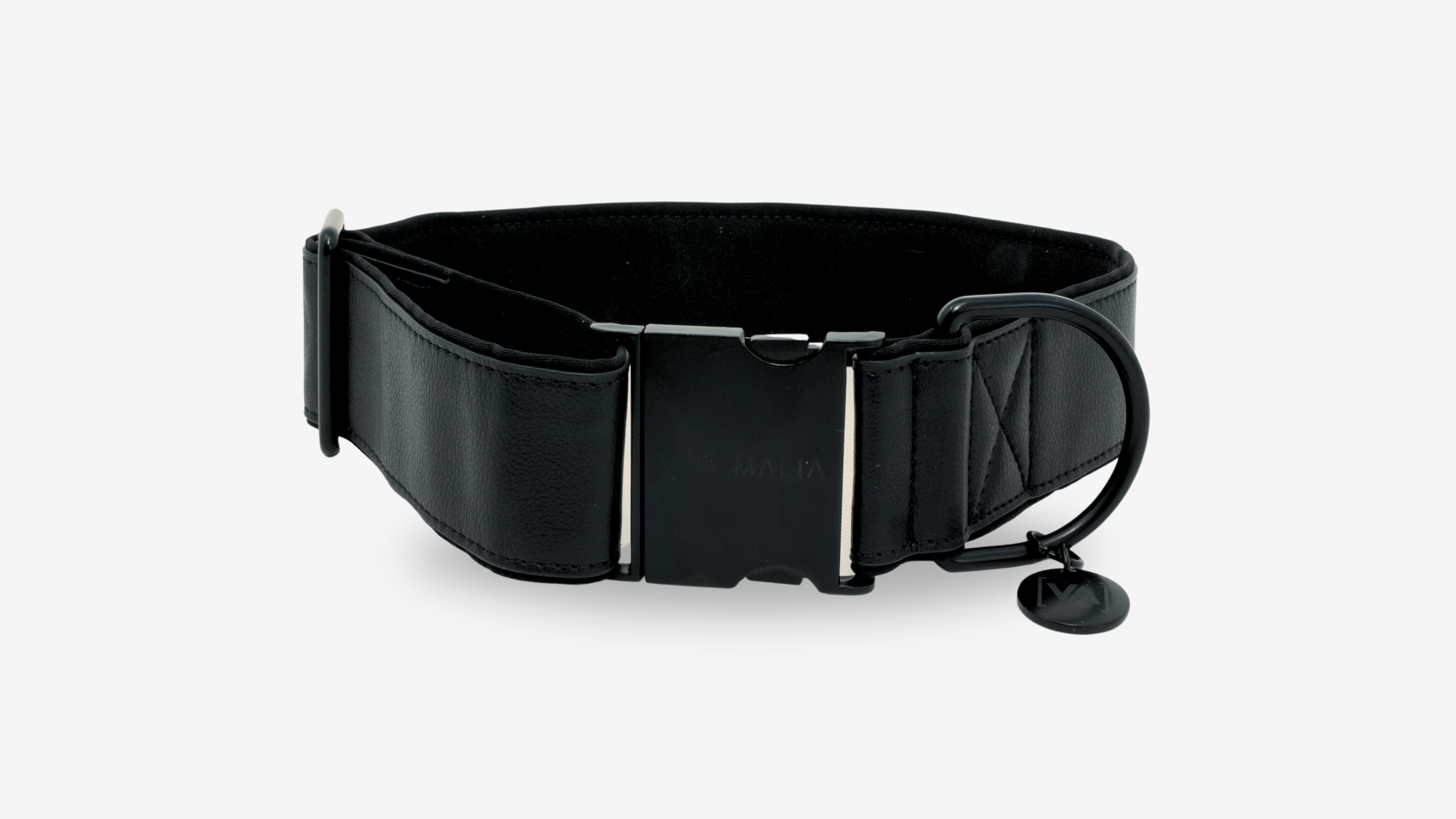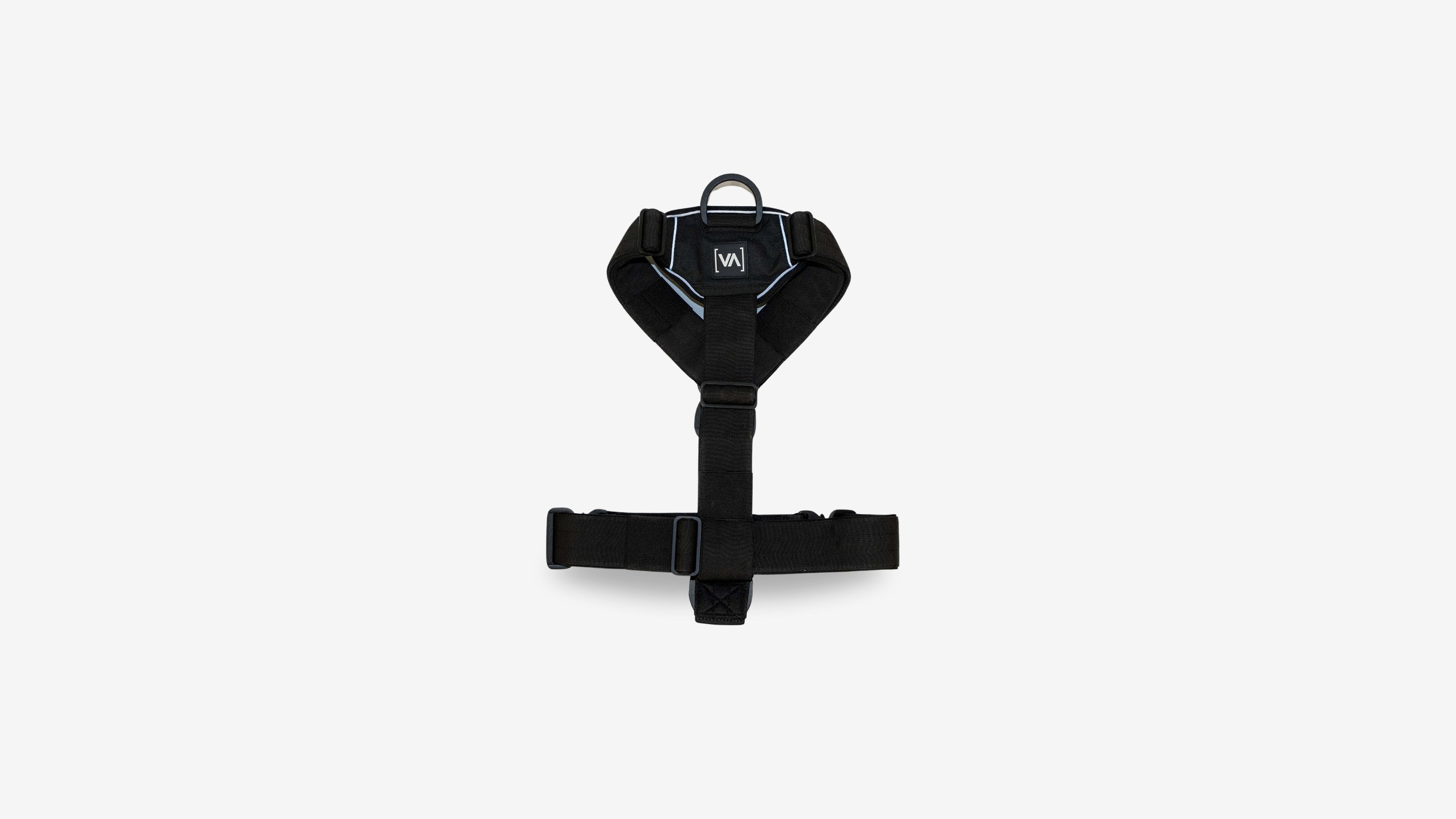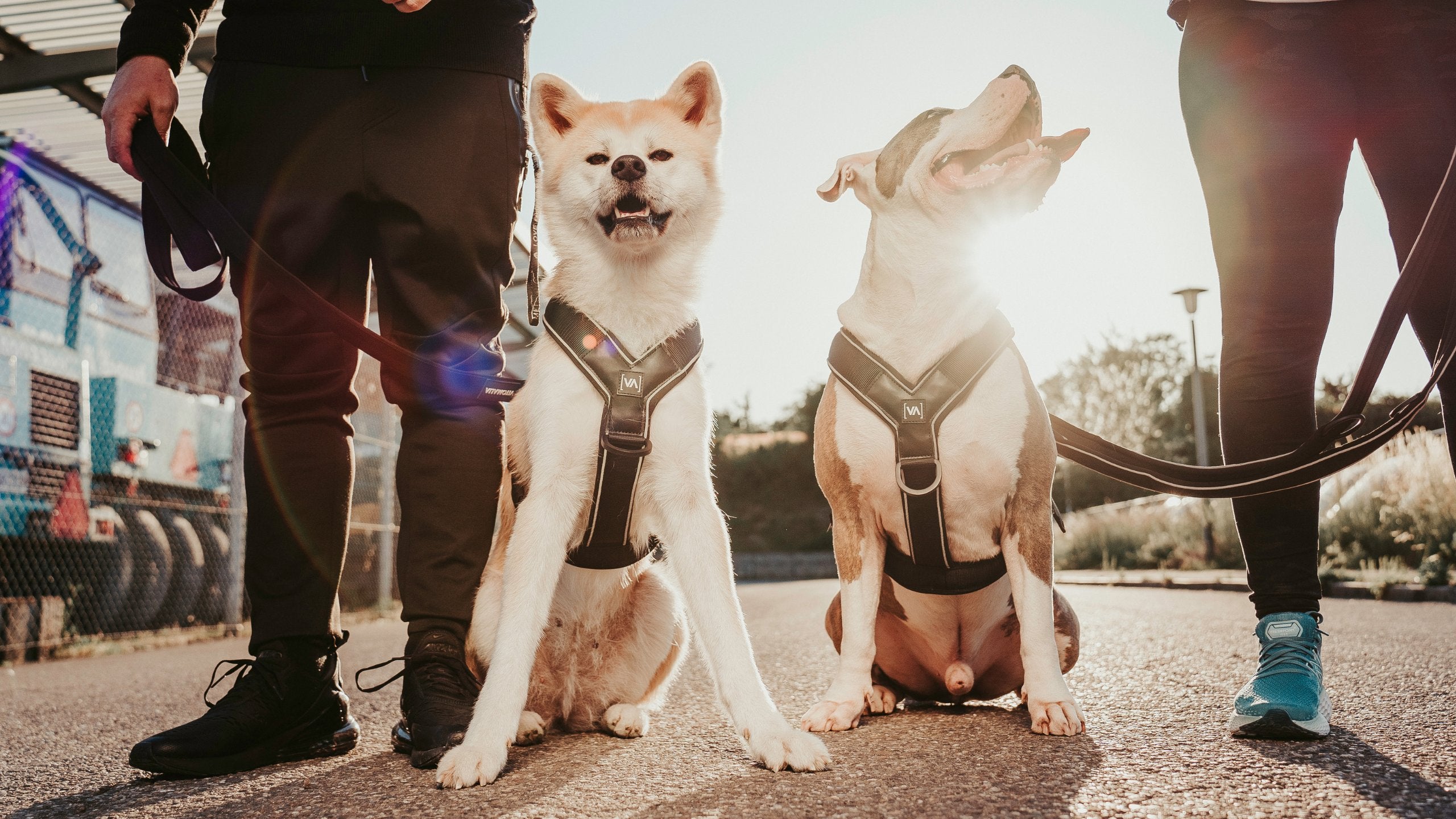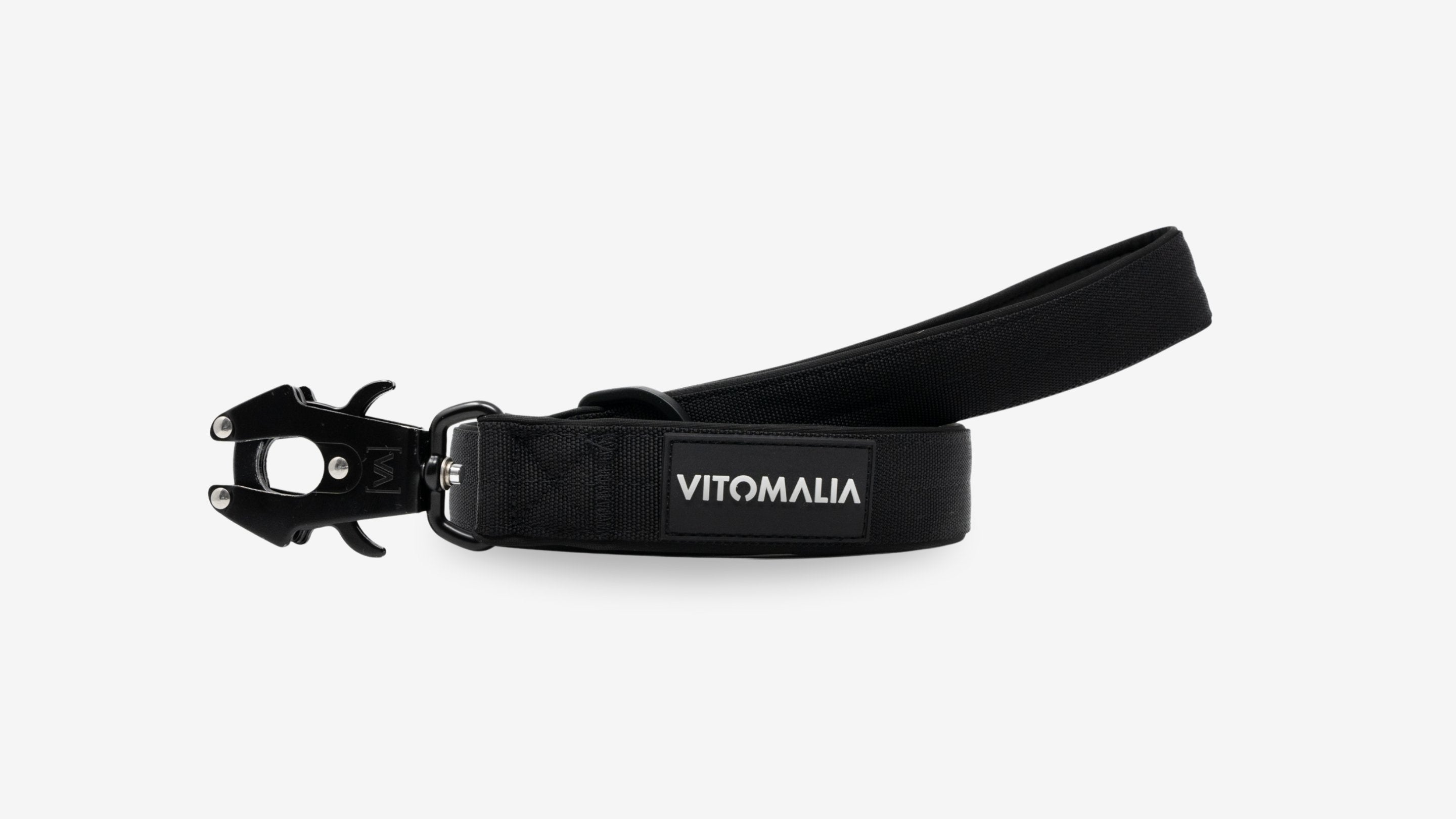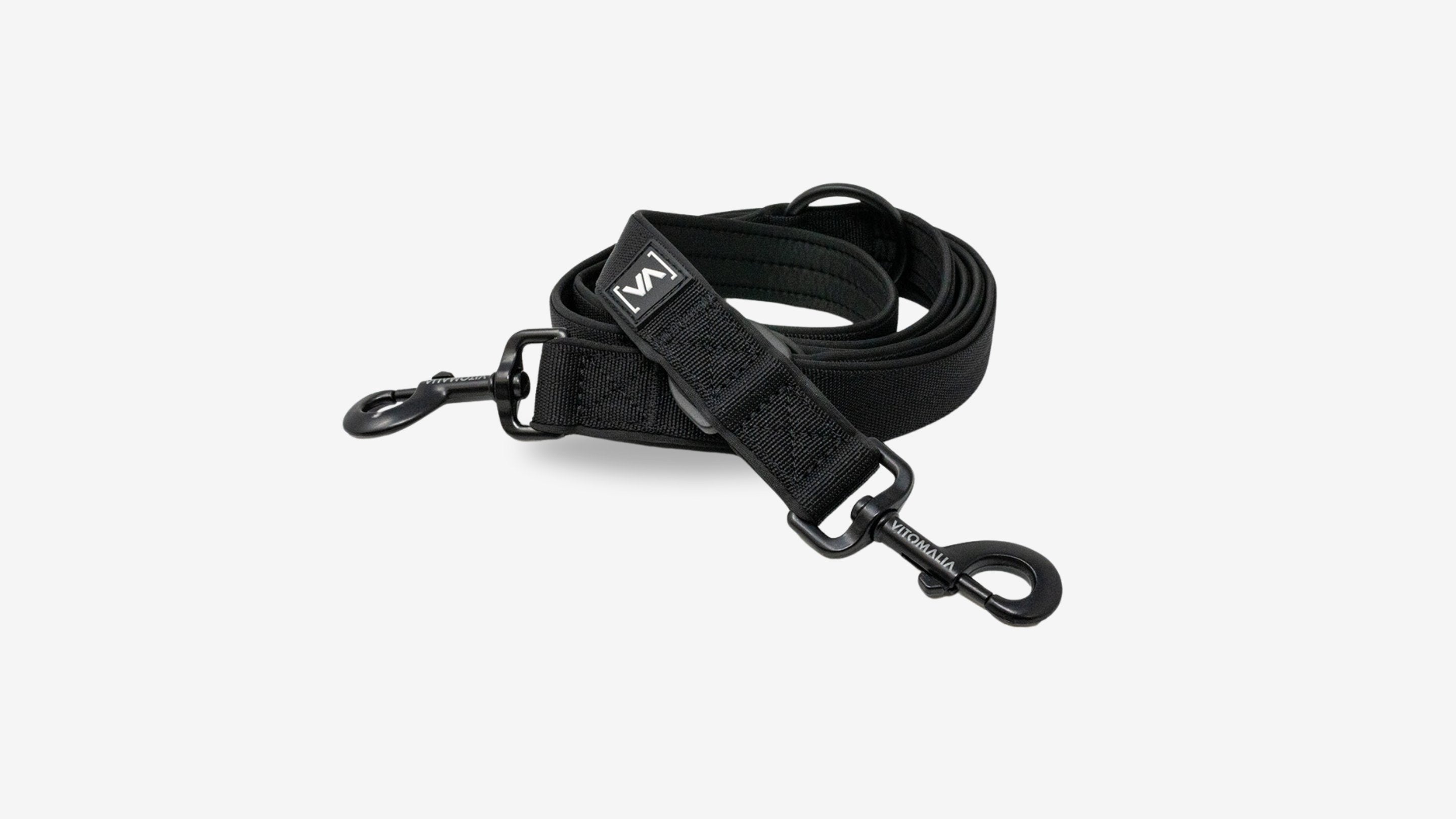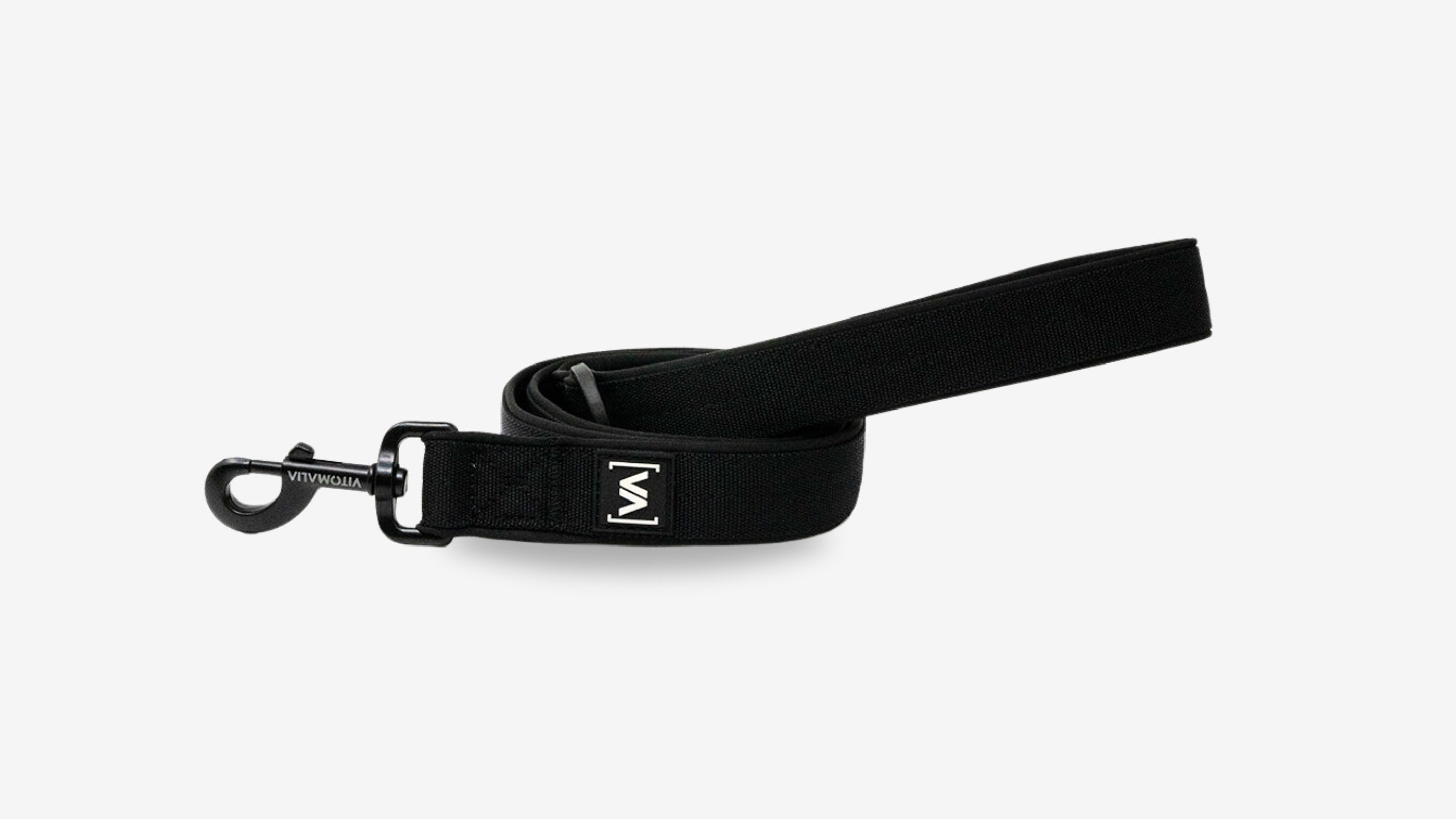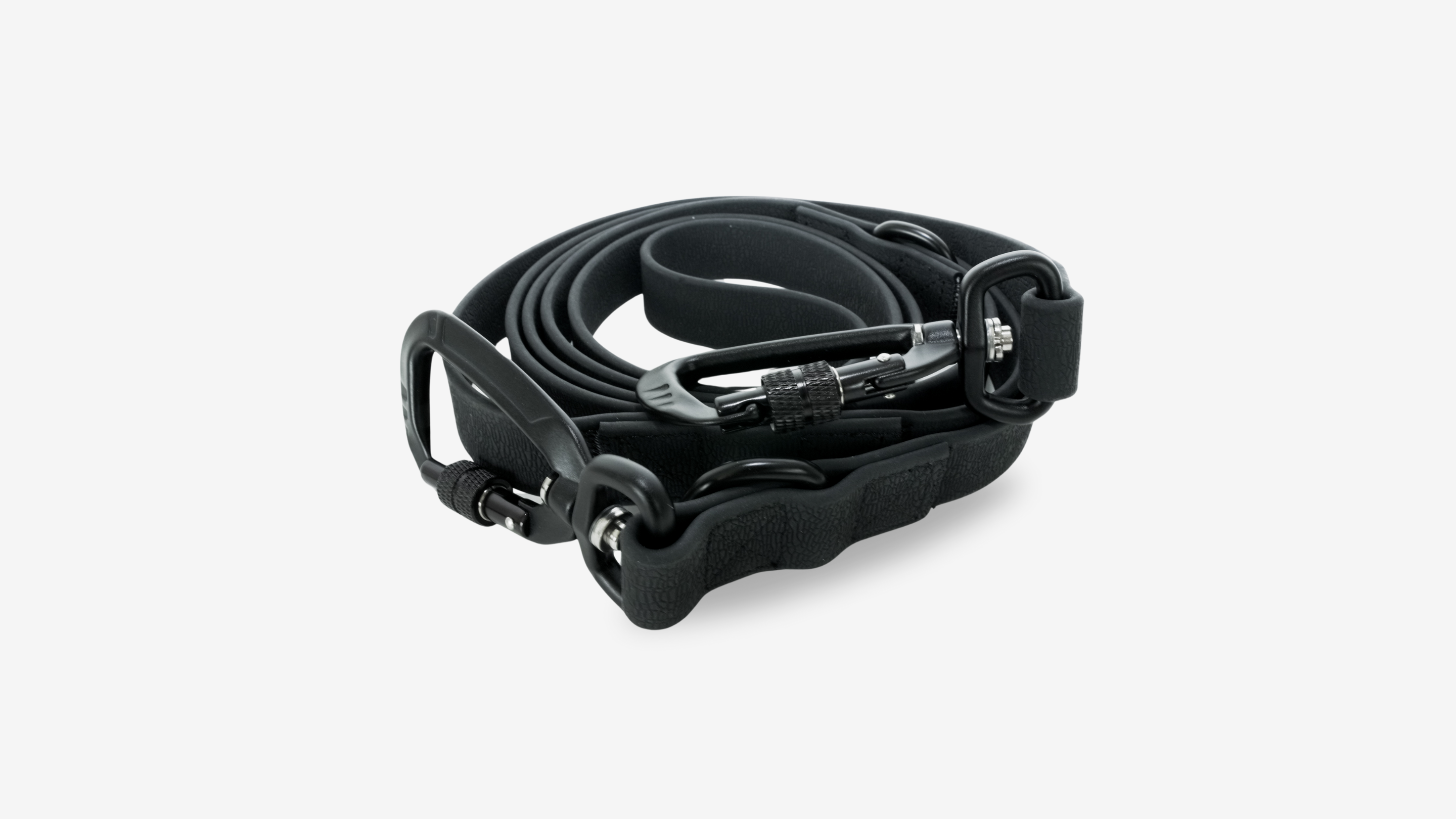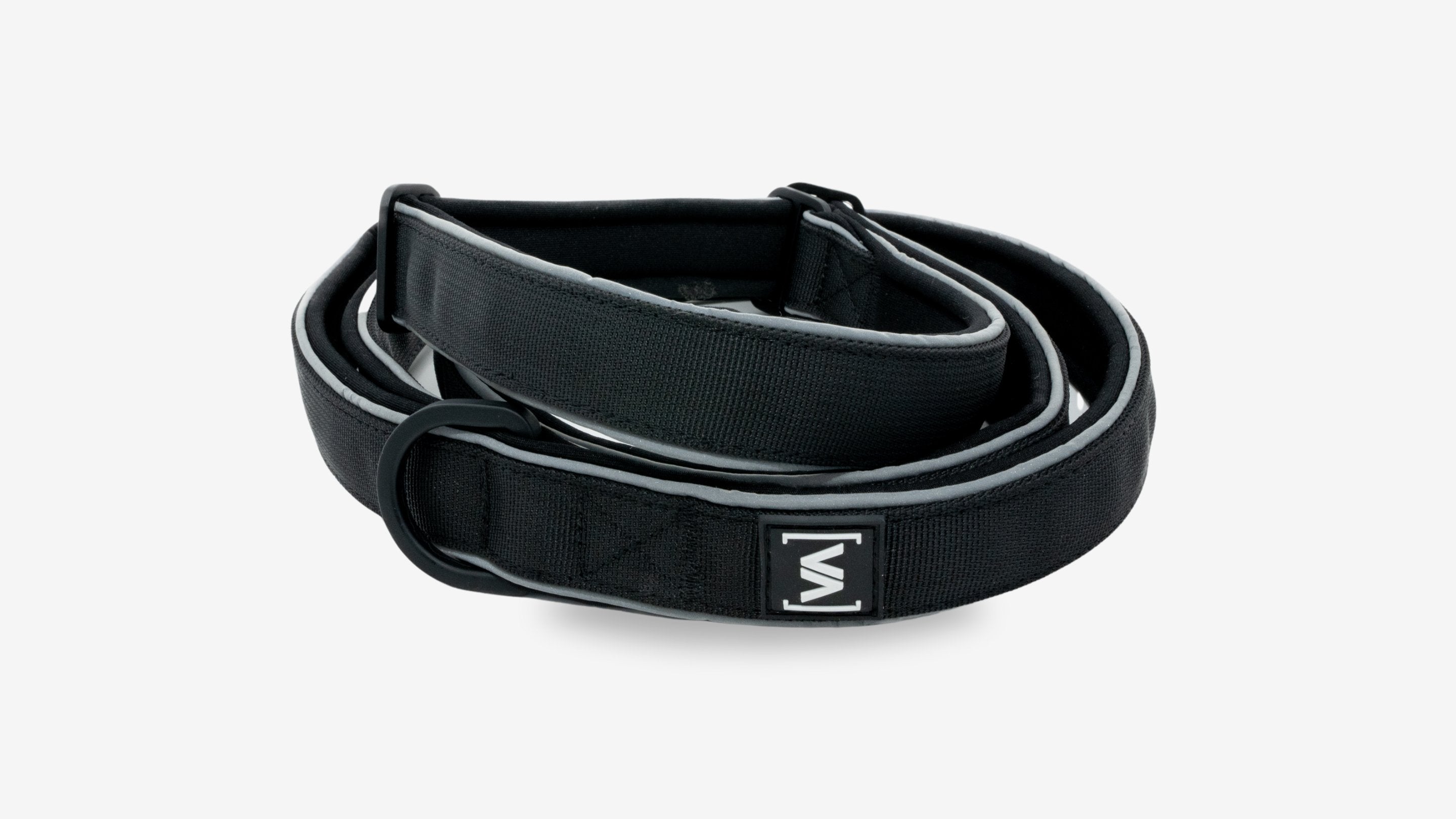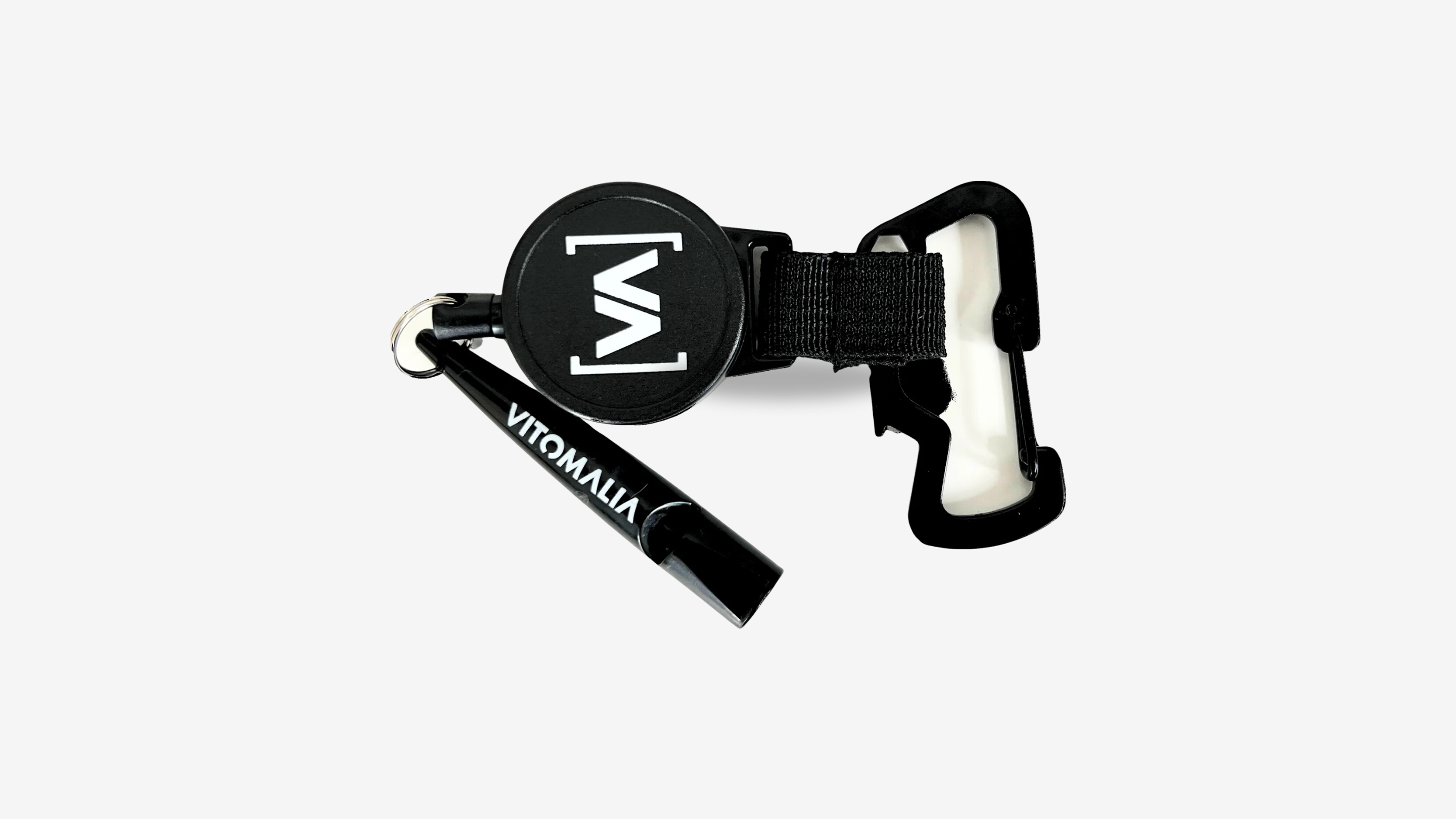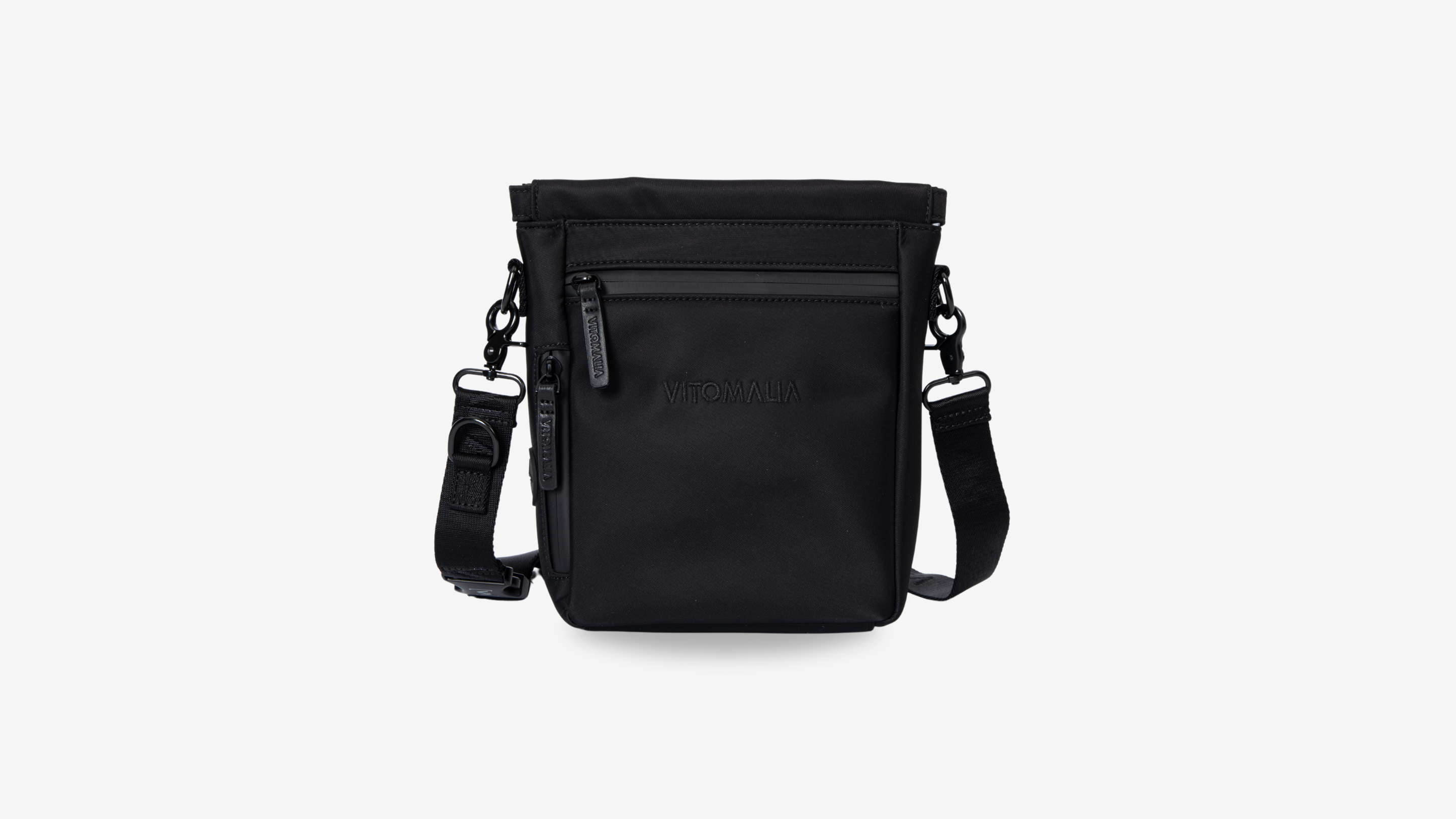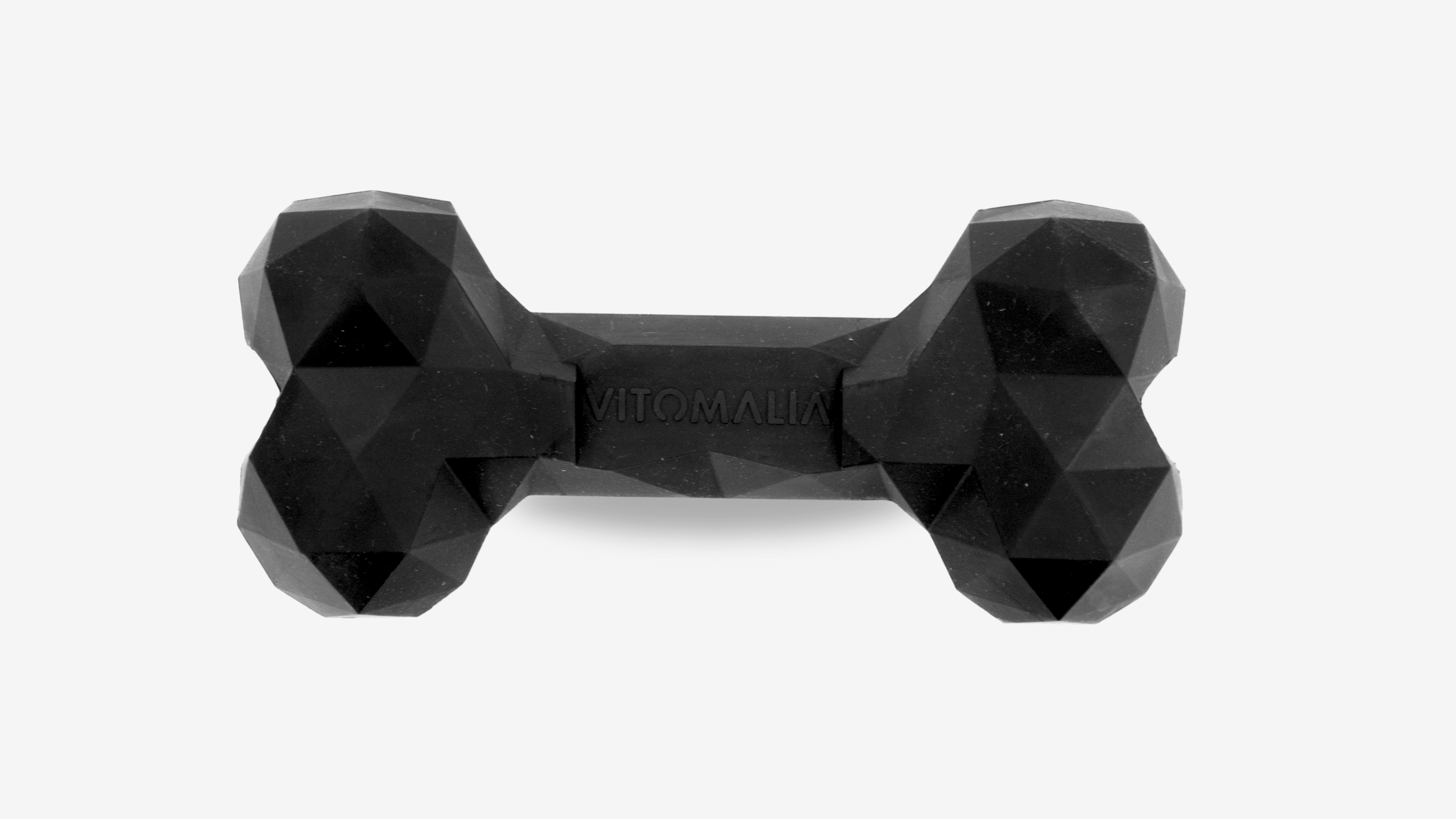Rest and stress - what happens in the dog's body? [Part 2]
Introduction
The first part of the series on the topic of dogs and rest was about how much rest and how much activity a dog needs. An adult and healthy dog needs around 16-20 hours of rest. Puppies or old dogs need more than 16-20 hours of rest. If a dog cannot calm down on its own, it needs the help of a person to instruct it to calm down. Some dogs, on the other hand, find peace on their own. However, the urge to work can degenerate due to incorrect workload and become excessive or even pathological. You can find more information on this topic in the blog “How much rest and activity does your dog need?“
Table of contents
How do you know that your dog is overexcited by the situation?
- your dog is hardly or not at all responsive
- you are hardly noticed and there is little orientation
- the muscles are tense and the ears alert
- the dog does not lie down and is constantly in motion
- Despite movement, your dog does not come to rest
- your dog shows a lot of yelping, whining, whining, barking, and shaking
- Jumping actions often occur, such as biting the leash, excessive digging, nervous jumping on people, etc.
- your dog shows no signs of tiredness and demands more exercise
- Food is refused
Rest and stress, what happens in the dog's body?
Sleep and rest have a major influence on our dogs' experience of stress. Stress can be differentiated between Eustress, which describes normal and well-to-overwhelm stress and Distress. If the stress is harmful and overwhelms your dog, this type of stress is called distress.
Eustress can lead to increased performance. This is what the neurotransmitter does Dopamine. The dopamine in the body creates a feeling of happiness, but can also be addictive because of its promise of reward. This makes sense in hunting behavior because all animals that hunt ensure their survival. In everyday life with a dog, the extreme release of dopamine can promote nervous and intrusive behavior - keyword “ball junkies”.
When you are stressed, in addition to the stress hormone adrenaline, the stress hormone cortisol is released shortly afterwards. The excess cortisol can have a short-term activating effect on your dog, but in the long term, a permanently elevated cortisol level is dangerous to his health. After stressful situations, your dog needs a lot of rest time so that his body can process the stress hormone cocktail. It can even take several days (approx. 48 hours) for cortisol levels to regulate. If you expose your dog to situations that cause distress several times in a row, your dog will not have the opportunity to regulate his stress level.
Cortisol is a stress hormone that increases in the body during stressful situations. In the short term, it can help the dog protect the body from stress. However, if cortisone levels are regularly high, cortisol has a negative effect on your dog's psychology and health.
The same applies to dogs that are excessively active in stressful situations. Excessive does not mean isolated day hikes or activity at the dog sports field once or twice a week – Excessive means that regularly 80-90% of the day consists not of rest but of activity. Dogs that are exposed to too much exercise and activity and receive too little rest have a sleep deficit. If the dog does not rest, he cannot break down the excess cortisol. Sleep and rest are necessary for general stress reduction because the stress hormone cortisol is reduced during sleep. Other hormonal processes also take place during sleep, with positive effects on metabolism, the immune system and growth.
4 hours of walking and 20 hours at home can also be too much activity for your dog. Territorially insecure dogs expend an enormous amount of energy during a walk. The recovery time of an insecure dog is longer than that of an environmentally safe dog. In addition, 20 hours at home does not mean rest and relaxation at the same time. You need to teach your dog to calm down if he doesn't calm down on his own.
The thought often floats around in dog people's heads that a dog that is well exercised hears better. It is understandable that exercise and activity with your dog is necessary and that boredom causes some problem behavior in dogs. However, the reason for employment should not be to exhaust yourself, but rather a healthy amount of stimuli, impressions, exercise and opportunities to rest. Elevated cortisol levels make dogs want to exercise in order to metabolize the excess cortisol through activity. A vicious circle arises: a stressed dog becomes a hyperactive dog that is stressed. Lack of rest and sleep leads to nervousness, lack of concentration and tension. As a dog person, the dog's behavior makes you think the dog needs more exercise. Incorrect! What a dog like this needs is rest! Lack of sleep is not only a result of stress, but also the origin of other health problems and problem behavior. As a dog person, it is your job to teach your dog to calm down if your dog doesn't calm down. This not only helps with general behavior and health, but also promotes the processing of training, exercises and experiences.
Aids for lack of rest
In addition to exercises, rest can be supported by various aids. It is important to mention that aids promote rest, but without training they do not bring about effective rest. In our blog you will find effective rest training with free training plans. The tools work on different levels. The effectiveness is different for every dog and must be tested individually for you and your dog. We will introduce you to some natural aids that have very good results for some dogs and have no effect at all on other dogs. The simple rule here is: try it out!
Music
Music therapy is very common in some areas in humans. Music can promote relaxation in dogs. Results from Lindig et al. (2020) indicate that animals (not just dogs) appear less stressed or anxious when listening to classical music. To date, there has been little research examining music and relaxation in connection with animals. Music can provide relief from restlessness in the home environment. In most studies, rest time and duration of barking have been assessed and measured as indicators of stress. Measured by cortisol levels and heart rate, classical music was able to induce calm. In addition to the genre, conditioning and association with experiences and music can also have a good effect. If your dog always lies relaxed next to you while you listen to your favorite music, the positive experience can lead your dog to calm down.

CBD
CBD can be used in a variety of ways for dogs and humans as a natural supplement. Dogs have their own endocannabinoid system, which is why for them CBD can also be supportive. CBD is an active ingredient in the hemp plant, which is obtained from the female plant. Unfortunately, there is not much proven evidence that CBD has the same positive properties in dogs as it does in humans. However, it is believed that CBD can help dogs with pain, cramps, anxiety and stress, to support the immune system or against inflammation. But it is important to know that it is used as support and not as a sole problem solver.
If you plan to give your dog CBD, pay attention to the quality and organic cultivation. There are special CBD manufacturers for dogs. The dosage should be increased slowly. It's best to seek advice from a specialist.

HERBS AND FRAGRANCE
Chamomile, lavender and valerian have long been said to have a calming effect - on dogs and humans. The herbs can be given to the dog through food to work internally or as an essential oil through a diffuser. The herbs should be started during a quiet period. Only use high-quality and carefully prepared herbs and essential oils.

Danger. Essential oils can be dangerous for dogs because they can overwhelm their sensitive sense of smell and cause symptoms of poisoning, skin irritation, breathing difficulties and gastrointestinal disorders. Some essential oils are toxic to dogs, and there is limited scientific research on their effects. It is important to consult a veterinarian and use diluted essential oils specifically formulated for dogs. Dogs can also be allergic to essential oils and the mucous membranes can become irritated, causing sneezing, coughing and discomfort. It is advisable not to vaporize or diffuse essential oils around dogs to avoid possible irritation.
RELAXOPET
The RelaxoPet is a device that emits specially tailored sounds for dogs, cats or horses, depending on the device. We were unable to find any evidence or studies confirming the effectiveness of the RelaxoPet. Some dog people have already had good experiences, others didn't notice any difference. However, if we think about conditioned relaxation, you can use the RelaxoPet to condition relaxation without it disturbing people because the sounds are hardly perceptible to people. If you set up the RelaxoPet at home in a quiet environment as a relaxation tone while the dog relaxes, after a while the RelaxoPet can also be used in stressful situations (e.g. when driving) without it bothering you.
Zylkène and Adaptil
Zylkène and Adaptil can serve as natural remedies to support relaxation. Both aids promote calm in temporary, stressful situations.
Zylkène is obtained from skimmed milk. The calming effect is due to α-casozepine, which is produced in the intestines of puppies as they digest their mother's milk. The α-casozepine in turn strengthens the effect of the neurotransmitter GABA (gamma-aminobutyric acid). GABA is responsible for all functions that have to do with emotions, including stress. Adult dogs no longer produce α-casozepine, but the effect remains. Zylkène creates the well-known comfortable feeling in adult dogs and supports the dog in being able to react more calmly to stressful situations.
Adaptil is now available in different product forms: as a collar, as tablets, as an atomizer for the socket or as a spray. Adaptil works in the form of pheromones. Pheromones are messenger substances that help dogs get information about each other. A mother dog releases pheromones through her teats, which are intended to give the puppies a feeling of safety and security. Adaptil sends these pheromones into your dog's environment and gives him security. The feeling of security creates relaxation.

THUNDERSHIRT AND TELLINGTON TTOUCH BODY BAND
If your dog's restlessness is due to fear, a Thundershirt can help. Thundershirts are tight-fitting t-shirts for your dog that provide even compression on the body so that it has a calming effect. This is related to swaddling babies. The compression is intended to mimic a close touch that conveys security. In contrast to the T-shirt, the Tellington TTouch body band can be used more variably, but requires more practice when “tying”. For both tools, we recommend using them several times before using them in important situations. You will find out for yourself whether and how calming both have a calming effect on your dog by observing your dog. Dogs who find harnesses or other clothing annoying will likely find both the Thundershirt and body straps uncomfortable. The calming effect therefore depends on the individual dog.

Vitomalia's conclusion
Rest and stress have a big impact on dogs' bodies. Stress can be divided into eustress and distress. Eustress can lead to increased performance because the neurotransmitter dopamine is released. However, excessive release of dopamine can lead to nervous behavior. When we are stressed, the stress hormones adrenaline and cortisol are released. While adrenaline has a short-term activating effect, a permanently elevated cortisol level can cause health problems. After stressful situations, the dog needs sufficient rest to regulate stress hormone levels. A lack of rest and sleep leads to an increase in cortisol levels. Excessive exercise and activity without adequate rest can lead to sleep deficits. Sleep and rest are important for reducing stress, as cortisol is reduced during sleep and has positive effects on hormonal balance. It is important to find a healthy balance between activity, rest and sleep to reduce stress and promote dog well-being.
How do rest and stress affect my dog's body?
Rest and stress have a big impact on dogs' bodies. While periods of rest reduce stress and contribute to recovery, stressful situations can lead to a release of stress hormones such as adrenaline and cortisol, which can have long-term negative effects on the dog's health.
What is the difference between eustress and distress?
Eustress refers to normal and easily overcome stress that can lead to increased performance. Distress, on the other hand, describes harmful stress that overwhelms the dog and has negative effects on his well-being.
How does dopamine affect the dog body?
Dopamine is a neurotransmitter that is released during eustress and can produce a feeling of happiness. However, excessive dopamine release can lead to nervous behavior and even addictive behavior, such as ball junkies.
What are the effects of increased cortisol levels?
A short-term increase in cortisol levels can help the dog cope with stress. However, a permanently elevated cortisol level is dangerous to your health and can lead to problems with your mental health and your general health.
Why is sufficient rest and sleep important for dogs?
Rest and sleep are necessary to allow the body to reduce stress. During sleep, the stress hormone cortisol is broken down and other positive processes take place in the hormonal balance that affect metabolism, the immune system and growth.
Can too much exercise and activity be harmful?
Yes, excessive exercise and activity without adequate rest can lead to sleep deficits and increase cortisol levels in the body. This can lead to nervous behavior, lack of concentration and tension.
How can I teach my dog to calm down?
As a dog owner, it is important to give your dog enough rest, especially after stressful situations. Create calm environments where the dog can relax and make sure he gets enough sleep. A balance between activity, rest and sleep is crucial for your dog's well-being. Additionally, use our training to promote calm in your dog.
